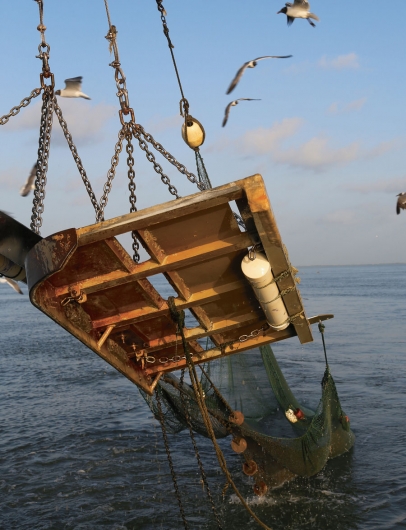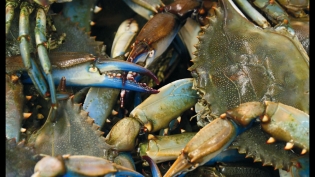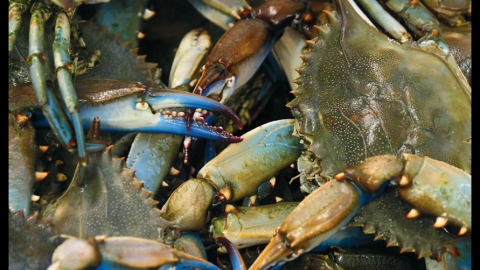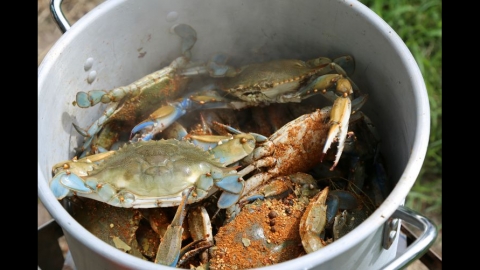Bounty of the Bay
Wild-caught blue crab and shrimp rank among Galveston Bay’s sweetest treasures
Love the allure of spiced, steamed blue crabs glistening in butter, or of silky-sweet, delicate lump crabmeat spilling out of a stuffed flounder? You’re not alone; crab consistently scores high among the most popular seafoods in the U.S., according to the National Marine Fisheries Service.
Succulent shrimp reign supreme as America’s No. 1 favorite, though: We eat ’em icy-cold with cocktail sauce, bacon-wrapped and grilled, swathed in butter over pasta and deep-fried and piled high on po’ boys. We boil, broil, sauté, poach and steam them; we fold them into gumbos and étouffées to the tune of nearly 12 billion pounds of shrimp per year in the U.S.—about 3.6 pounds per person.
We’re fortunate to be Houstonians. The star of the Lone Star shrimp and crab fisheries is none other than our own Galveston Bay, with roughly a third of the state’s annual landings for these delectable crustaceans. And although the volume of shrimp and crab landings has declined somewhat, it remains a robust economic factor: In 2013, Texas shrimpers landed 49 million pounds of brown shrimp and nearly 22 million pounds of white shrimp, and Texas crabbers landed nearly 2 million pounds of blue crabs with a combined ex-vessel value (what’s received by the boat captain at the dock) of more than $227 million.
The shrimp and crab may change hands several more times before ultimately arriving on your plate, supporting families and communities along the way, all of whom depend upon these fragile creatures for their livelihood, and who have a vested interest in keeping Galveston Bay’s fisheries productive.








